3 Soon-to-be-Everywhere Social Media Trends You Can Profit on in 2016

Former VP of Marketing @ Buffer
What is the next big wave of social media?
Maybe it’s Peach—or another hot new social network. Maybe it’s a strategy like posting times or text faces. (ノ◕ヮ◕)ノ*:・゚✧
It’s really hard to say!
(And yet here I am saying it.) ?
To ride the wave of the next big thing in social media, it often takes a lot of trial-and-error, a good deal of trendspotting, and some courage to try new things. I’ve spent some time reading up on what’s to come for social media and I’d love to get your thoughts on three new trends that might be monumental.
1. Social shopping
You can buy stuff straight from your News Feed!
E-commerce has felt a bit like a missing piece from the social media feeds. Sure, you can tweet/post/Snap about a product that you’re selling, yet your potential customers must still leave the social network they’re on to visit your site in order to complete the purchase.
Previously:
Social --> your site --> $$
Soon:
Social = $$
This is already in the works in some moderate ways, on sites like Pinterest, Instagram, and Facebook.
Pinterest has a “Buy It” option on iPhone, iPad, and Android devices, where you can buy Pinned products directly from Pinterest. Available products have a blue “Buy It” button next to the standard red “Pin It” button.
Here’s a preview of how the process works:
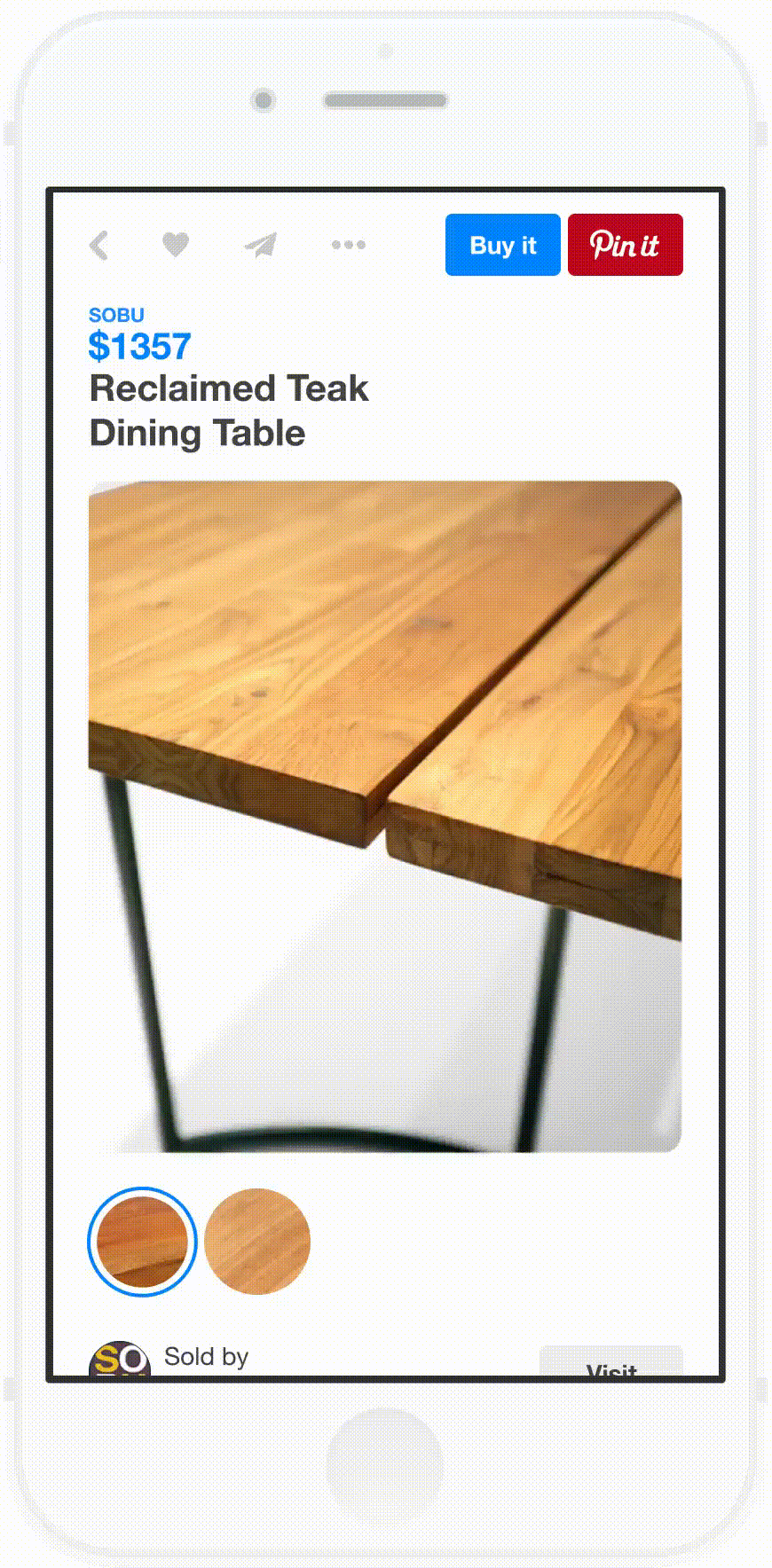
Facebook has been testing a Buy button for well over a year now and has been slowly rolling it out to more and more users. Like with Pinterest, Facebook’s option allows shoppers to buy products without ever leaving Facebook.
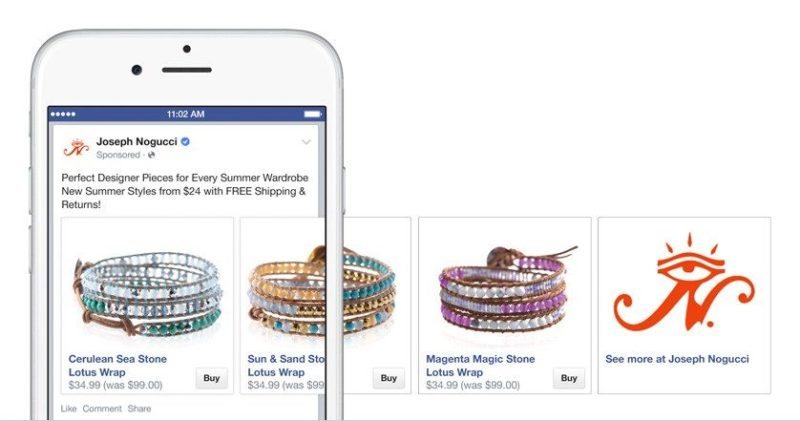
And you might be familiar with Domino’s pizza emoji tweet?
Yep, Twitter shopping is a thing, too. In addition to the pizza emoji, Twitter has a buy button that users can access to buy and sell directly from the Twitter stream. Here’s an example of the experience with a Warby Parker set of sunglasses.
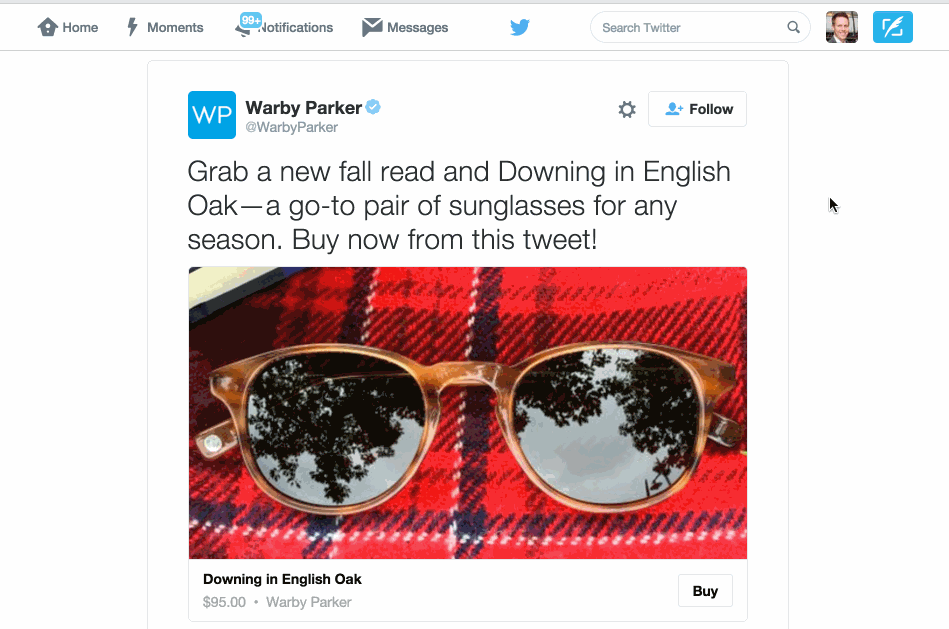
Buying and selling on social media feels like it may be on the verge of something big.
And whatever solution falls into place here could go a long way toward solving one of the Big Mysteries of social media marketing:
How can I accurately measure my social media ROI?
For some time now, one of the biggest challenges for social media marketers has been assigning dollars-and-cents results to efforts on Twitter, Facebook, and the like.
And though this new frontier of social shopping and e-commerce might be only part of the return on investment (there’s still the lead gen and funnel parts that are important to consider), it’s one of the biggest steps toward tying a direct, monetary result to one’s social media marketing.
If purchases take place on social media, ROI becomes clearer, social media’s position in the marketplace improves, and we all win—buyers and sellers.
Ways you can profit on this:
- Join the Pinterest waitlist or use “Buy It” straight away today if you’re on a platform like Shopify
- Check your Facebook page and ads center to see if you have the “Buy” option turned on for your call-to-action buttons
- Check Twitter’s list of partners to see if you’ve already got access via a service like Gumroad or Stripe perhaps
- For Instagram, you can look into services like Penny, which let shoppers buy straight from Instagram with hashtag #sold
2. Social media at work
One of my favorite topics to write on (and one that I probably didn’t have a really great answer to) is the split between who you are on social media inside of work and outside of work.
Well, moving forward, that might not be an obstacle any more!
Facebook at Work, announced last year, seeks to carve out a work-specific social media zone for coworkers to communicate with one another.
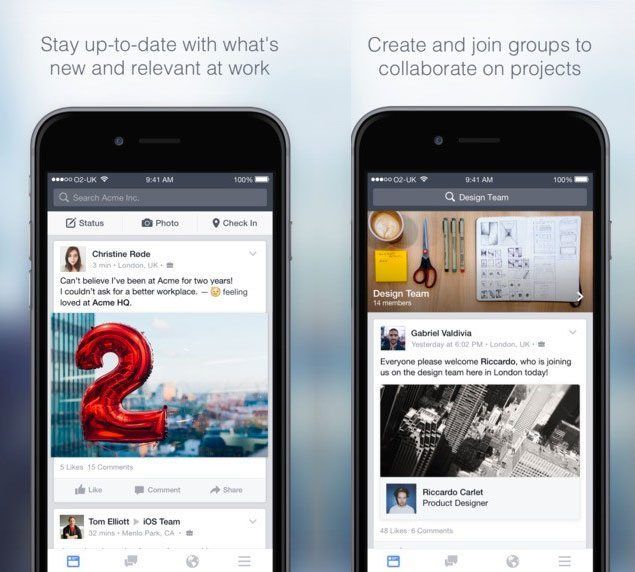
Like this TechCrunch headline stated: Facebook at Work lets businesses create their own social networks.
LinkedIn is interested in similar work-style social media, and like a lot of other Facebook features, it’s possible that this one will trickle out to a whole host of other networks, too.
Even apps like Slack and Hipchat have helped add distinction to the work/life split, making it easy to converse with teammates in a medium that doesn’t dip into personal life.
This new, explicit distinction between work social media and personal social media could represent a huge shift in how social networks are used. It’s quite early days with things (Facebook at Work is starting its slow roll out, available on mobile currently). Guessing at some of the effects here, you could see changes to:
- Ideal posting time: If the typical high-engagement window of 9-to-5 is spent with 9-to-5ers hanging out on their own private networks, optimal timing might shift.
- Message content: Instead of reaching folks at work and play, now a brand’s updates might be targeted toward one or the other
- Ad types: Will it be possible to get a message into a “work” network?
A lot remains to be seen here, but the early signs of work-centric social networks feels like too big a trend to miss.
Ways you can profit on this:
- Stay tuned into Facebook’s updates on the subject so you’re first in the door. (Facebook publishes lots of great updates to its Business blog.)
- Start honing your messages to different types of people and different times of day: Custom audiences and ads provide a good playground for tests
3. Messaging & chat apps
How to reach people who aren’t checking their feeds
When we go on our semi-annual Buffer retreats, we all stay in touch with one another not on social media but on messaging platforms: WhatsApp, Messenger, etc.
Is the same true for the ways you communicate with your nearby friends and family?
This seems to be a growing trend for a lot of the back-and-forth convos that take place. If social media is seen as a broadcast medium, messaging apps feel a bit more conversational.
And it’s possible that these two reasons might be why. With messaging apps, there’s:
- No algorithm.
- No ads.
Algorithms and ads have come to define social media more and more. Messaging apps are the complete opposite. For instance, on Snapchat (not quite a messaging app per se but disruptive enough in this sense), a user will choose to view a branded story and give it their full attention, whereas on Facebook the algorithm decides which posts the user might see.
So with people choosing a way around ads and algorithms, how does your content stand a chance of being seen?
This one definitely calls for some outside-the-box thinking. We’re currently spinning our brains with this one at Buffer and taking inspiration from folks who are charting new territories here already.
The WhatsApp newsletter
Alex Laughlin of the National Journal came up with a pretty neat experiment last year: She uses WhatsApp to send a daily newsletter to a group of subscribers.
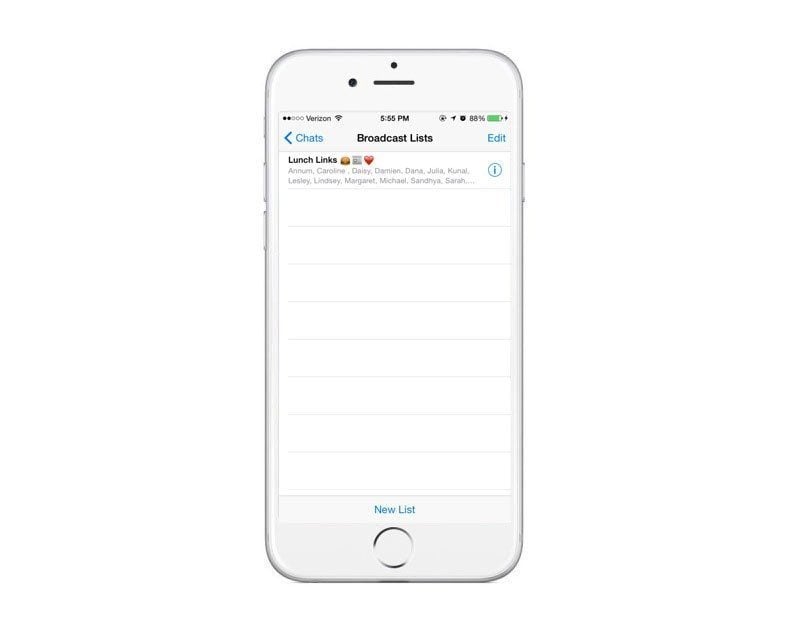
The setup for the list is pretty simple. Here’re Alex’s instructions:
- Download WhatsApp
- Save this number in your contacts as Lunch Links: 706–604–5805.
- Send “Lunch Links” a message on WhatsApp asking to be added to the newsletter.
Essentially, people would opt in with a phone number rather than an email, and they’d get the newsletter messages straight away as chats. It’s a super interesting concept! And I quite liked this as the motivation for exploring this type of network:
If my fifteen-year-old sister’s social networking use is any indication, organizations should be hopping on these chat technologies — and quickly.
The Everlane Facebook messages
Online clothing retailer Everlane is one of the first to explore Facebook Messenger as a way to engage with customers and perform those standard e-commerce support roles with order confirmations, updates, shipping info, etc.
Customers can chat directly with Everlane support reps for any questions—even adding more items to an order.
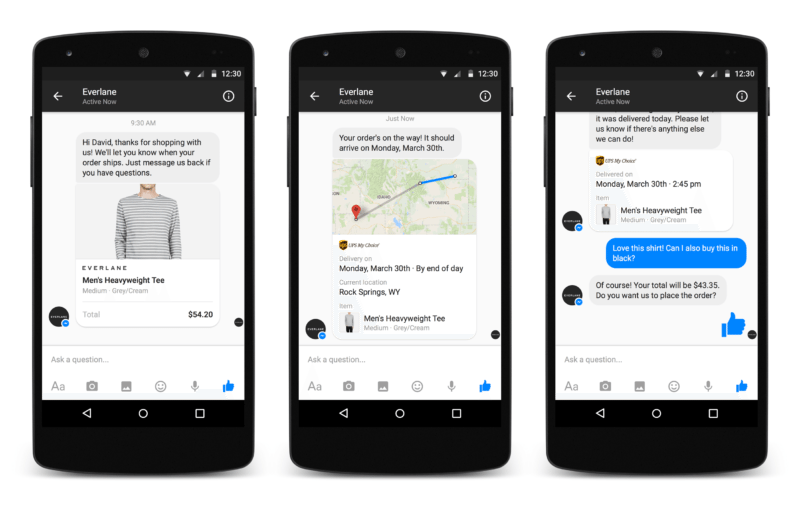
(Here’s a bit more from Facebook’s announcement about their Messenger platforms).
The new wave of Slack, chat, and notifications
And then there’s all the many different ways to get a message into things like desktop notifications or a Slack chat room (the next frontier!). Here’re just a few options:
- Roost – Let folks turn on desktop notifications for your blog’s content
- Slackbots and integrations: This neat list on Product Hunt features things like a Slack bookmarklet for sharing links, plus lots of other cool marketing ideas
Ways you can profit on all this:
- Give people more than one way to hear from you: Offer subscription via text, Messenger, and more
- Survey your audience to find out what new technologies they’re using most, then adjust your strategies accordingly
- Not sure what some of these apps are? Give them a go yourself so it’s easier to empathize with how your customers might experience your brand
Bonus: A few extra social media trends
I originally researched more than 20 new trends that social media folks thought might be big this year. The three above are the ones that seemed really promising, and a bunch of these below were simply too intriguing not to mention. They are:
- Emoji responses
- 360 video
- Livestreaming
- Social media customer service
- “Everything platforms”
I’ve added all these to a new story on Buffer’s Medium collection.
Click to read more detail on any of these. (And feel free to follow us on Medium if you happen to hang out there some. We post cool stuff!)
Over to you
What trends are you keeping your eye on this year?
What do you see coming for social media?
I’d love the chance to learn from you with any thoughts you have on these items or any that I might have missed! It’d be awesome to connect in the comments or on Twitter.
Try Buffer for free
140,000+ small businesses like yours use Buffer to build their brand on social media every month
Get started nowRelated Articles

Tips, news & Buffer updates for your social media journey
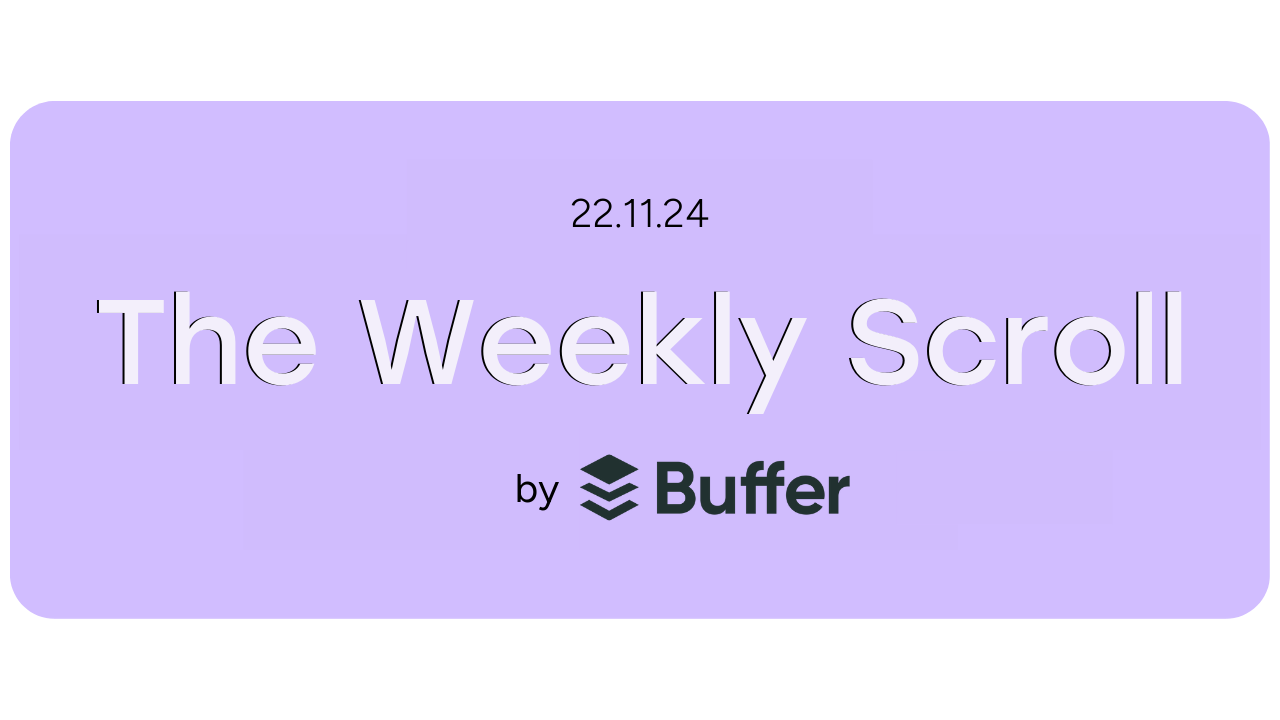
Tips, news & Buffer updates for your social media journey
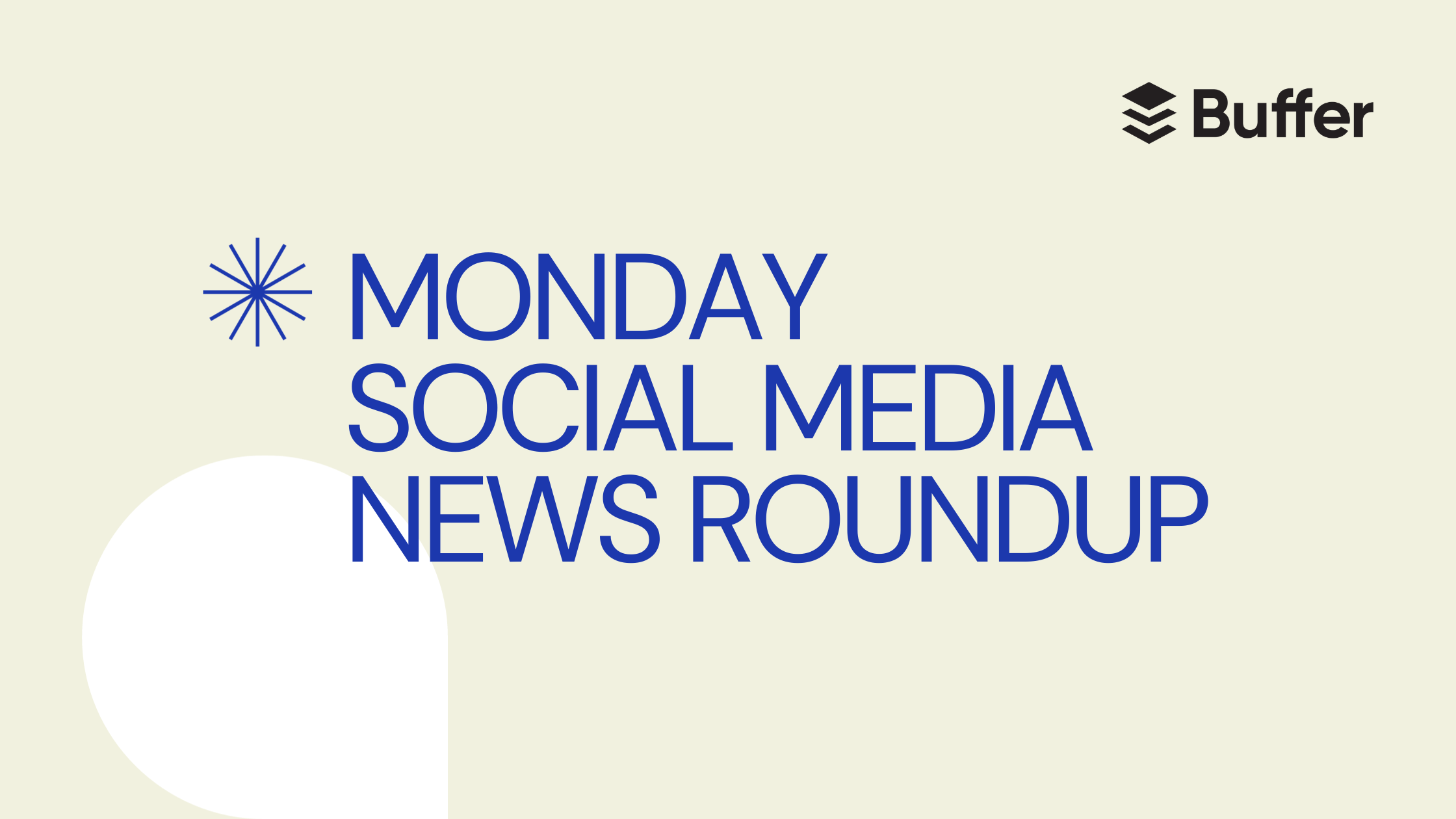
Get the latest updates in the social media industry and creator economy – with a side of Buffer flavor.